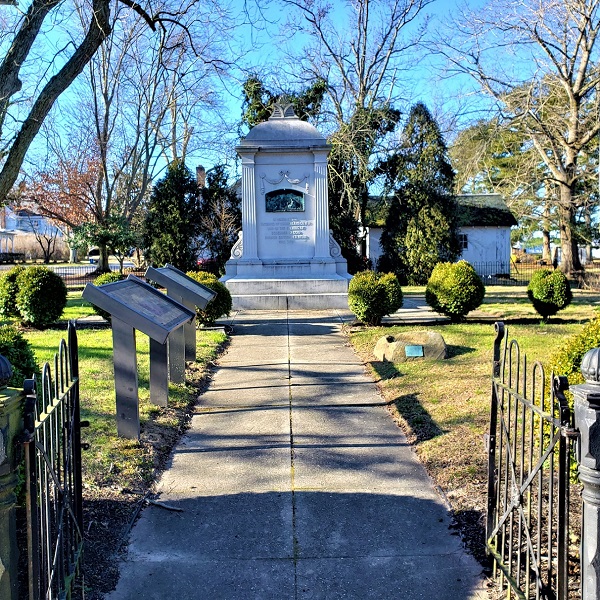est. 1684
Historic Greenwich
Greenwich Township’s rich history can be appreciated in numerous ways. Driving, cycling or walking our country roads reveals the magnificent landscape and wildlife that attracted and supported Lenni-Lenape Native American cultures for thousands of years. Colonial history and culture is reflected in the architecture and streetscapes of the Greenwich Historic District, entered in the National Register of Historic Places in 1972, that stretches along Ye Greate Street from the Cohansey River to Othello (also known as Upper Greenwich or Head of Greenwich).
Signs of Greenwich’s role as an 18th and 19th century Delaware Bay shipbuilding town and its importance as a fishing, oyster and sturgeon industry center abound. Patterned-brick farmhouses that are centuries old still support the South Jersey agricultural heritage that has helped define the Township for 325 years. With almost two-thirds of the Township’s land currently protected through wetlands, farmland, open space or other types of preservation, Greenwich Township is both a treasure to visit and a unique place to call home.
